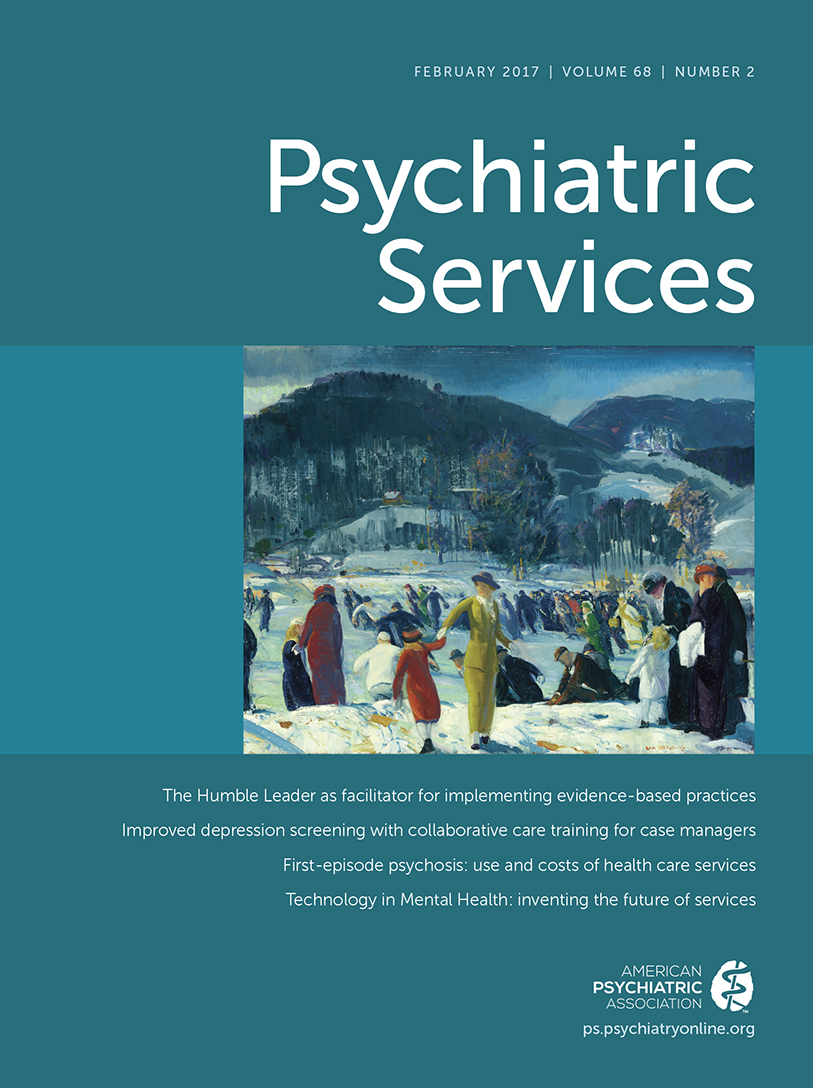State-to-State Variation in SSI Enrollment for Children With Mental Disabilities: An Administrative and Ethical Challenge
Abstract
Objective:
The study examined state variation in rates of Supplemental Security Income (SSI) determinations, allowances, and receipt of benefits for ten selected child mental disabilities in 2013.
Methods:
SSI administrative and U.S. Census Bureau data collected by a multidisciplinary consensus committee convened by the National Academies of Science, Engineering, and Medicine in 2015 were examined.
Results:
Less than 1% of children in 2013 were recipients of SSI for mental disabilities. Determination rates ranged from 1,441 to 251 per 100,000 low-income children, an almost sixfold difference. Allowance rates varied from 16% to 78%, a fivefold difference. Receipt of benefits ranged from .7% to 5.3%, a sevenfold difference.
Conclusions:
Large unexplained discrepancies across states were found in review and receipt of SSI benefits for low-income children with mental disabilities. Inequities that cannot be explained by disability severity or financial need violate the ethos of equitable access to federally entitled services.



